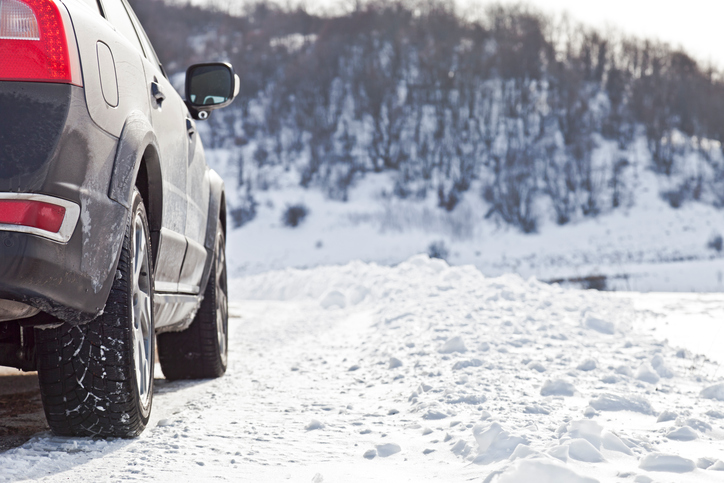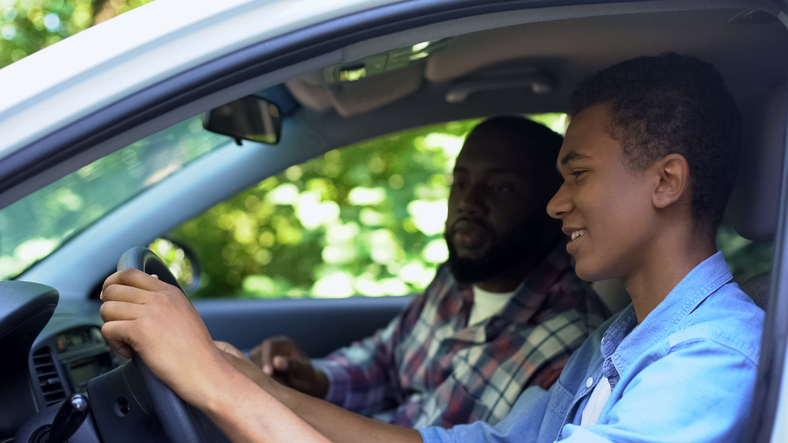Here’ how to avoid the top 3 winter driving problems we saw last year
We all know that we don’t usually get a lot of snow—until last winter that is— when many of us were caught off guard with even heavier snowfalls, icier roads and colder temperatures—all lasting for a longer winter season. Remember the havoc it caused? Ugh! (Shudder).
When it came to driving, BCAA roadside assistance techs were out there, 24/7, helping our Members and stranded motorists. The top three problems we saw? Cars unprepared and with the wrong tires, driving too fast for the conditions, or inexperienced.
This year, we want to help you avoid getting caught off guard. Here are tips to help you stay safe.
1. Prepare your car—and do it ahead of time
Tires. Each winter, particularly last year, we see cars sliding off the road or getting stuck in snow or icy areas. Tires with the mountain peak and snowflake or M+S (mud and snow) symbols meet BC’s winter tire laws. Equip your car with proper tires (all four matching) to ensure you have enough traction for snow and ice. Starting October 1, BC’s winter tire rules have kicked in and winter tires are required on many highways throughout the province. Look for this sign, which tells you if you’re on one of the designated highways.
Pro check-up. We saw a rise in calls from motorists, stranded due to a dead battery. Cold conditions can weaken a battery and cause it to fail. So take your car in for a winter check-up with an automotive professional, which includes checks on the battery, wipers and fluids, belts and hoses and oil.
BCAA’s Auto Service Centre offers a complete 42-point inspection with every service, winter tire changeovers and warranty-approved service by Red Seal Certified Technicians. Find a location and learn what extras BCAA Members get!
Winter driving emergency items: Windshield scraper, snow brush, shovel, spare container of winter-grade washer fluid, set of warm clothes, extra winter boots, gloves, blanket, bottled water and energy bars, first-aid kit and anti-freeze lock lubricant (to keep in your pocket or bag when you leave your car). And sunglasses! When it’s sunny, the glare from icy or wet roads can be blinding.
2. Match your driving—and attitude—to the conditions
BCAA roadside assistance helped tow and recover many drivers and their cars last winter. When winter hits, it’s important for us to drive according to road and weather conditions, and not necessarily the speed limit. When the weather gets bad, especially when it snows, it’s best to drive slower, leave more room between you and the car ahead and avoid problem areas such as hills, unplowed areas and narrow streets. It’s also important for all of us to be more patient on the road and give ourselves extra time to avoid rushing.
3. Be honest about your driving skills and comfort level
It’s no surprise that many of us aren’t used to driving in snowy and icy weather—extreme winters just haven’t typically happened often in BC. It’s important to know when we shouldn’t drive, perhaps because we have less winter driving experience or we’re too nervous—nothing wrong with that! When it comes down to it, extreme winter weather can make driving a challenge, even for the most experienced driver.
Source: BCAA






